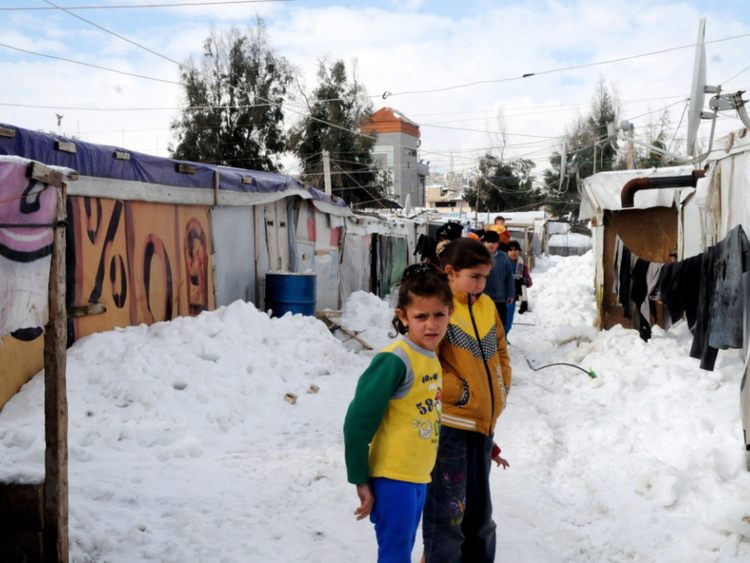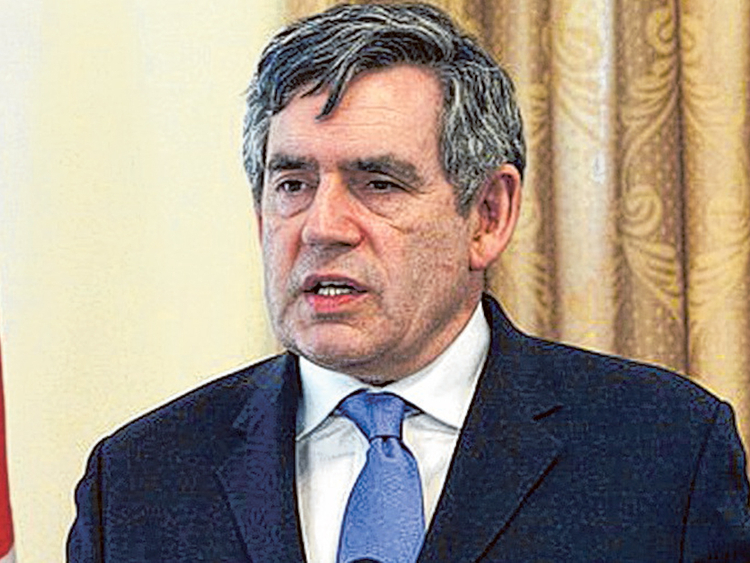
On a recent visit to Beirut, I met a girl and a boy who struggled through a year filled with dread. Both of them are 14-year-old Syrian refugees in Lebanon, eager for an education, but unable to go to school.
Their stories show what is at stake in the next few months, as Lebanon struggles to raise funds for an ambitious effort to provide education for its resident refugee population.
This year should have been the Year of the Child — the deadline for the Millennium Development Goal of providing all children with primary education. Instead, for hundreds of thousands of young people, it has become what some are describing as the Year of Fear.
The girl — Dilan — fled Syria with her mother when she was ten. The two of them found work in Lebanon in a garlic factory. Dilan spent her 11th birthday peeling garlic cloves, earning only the right to the roof over her head. For the last 18 months, she has been out of school; the closest she has gotten to a real classroom is a day centre where she has studied Arabic.
Even though she is now fluent, her goal of attending school remains elusive; she has no money with which to pay the necessary fees. All she wants, she says, is to train to be a teacher — “to help remove the sadness from children’s hearts”.
Ahmad, the boy, has not attended school for a year. He wants to become a doctor, but first he must undergo a different kind of healing: Dealing with the memory of his last day in school, when armed men entered his classroom and forced everyone to flee. Ahmad’s deep anxiety is that he will not be able to complete his education. When I spoke to him in Beirut, he told me: “What are we out-of-school Syrians going to be in the future? We will be illiterate, and it will be like we turned back time to decades or centuries ago. We need education to become better people.”
Hope
It is said that “you can survive 40 days without food, eight days without water and eight minutes without air, but not for a second without hope”.
Like many of the young refugees in Lebanon, Dilan and Ahmad are losing hope that they will ever be able to attend school again.
Providing the refugees with an education would cost around $500 (Dh1,839) a year — less than $10 a week — per pupil. That is a small price to pay for hope. Until now, however, the international community has failed to do enough to help.
Lebanon is one of the world’s weakest, least-stable countries, riven by factionalism and riddled with violent extremist groups. And yet it has found the resources to house 1.1 million Syrian exiles — equivalent to nearly a quarter of its population — and lead an international endeavour to ensure that refugee children are provided access to education.
Education Minister Elias Bou Saab has cut through red tape and sectarian disputes to introduce a double-shift system in the country’s schools, beginning in September. In the morning, Lebanese children will be educated in French and English. In the late afternoon and early evenings, some 500,000 Syrian children will be taught in Arabic.
The programme — at a cost of $263 million — is set to be the largest education humanitarian effort ever mounted during an emergency. And yet, so far the urgency of the appeals has been matched only by the slowness of the response. With just three months until the beginning of the next academic year, only $100 million has been raised.
Usually, in an emergency situation, there are no buildings in which to hold classes and no staff able to teach them. This gives donors an easy excuse: they would have helped, if only there was the capacity to do so.
In Lebanon, however, with schools ready and teachers available, there is only one stumbling block: the will of the international community. If each international aid agency gave no more than an extra $10 million, a half-million children in Lebanon could begin the new school term in September.
The uncertain fate of programmes such as Lebanon’s underscores why it is a tragedy that education receives only 2 per cent of humanitarian aid — and why it is so important to establish a permanent fund for education in emergencies. Why should refugee children have to wait for months while the begging bowl is passed around?
Dilan and Ahmad illustrate the stark choice that all of us must confront: Either we properly educate a future doctor and teacher or we abandon them. If we choose the latter, we should be clear about what that means: A lost generation, at risk of abuse or trafficking — or, worse, a permanent source of fuel for radicalisation and ongoing violence.
— Project Syndicate, 2015
Gordon Brown, Former British Prime Minister, is also United Nations Special Envoy for Global Education.












